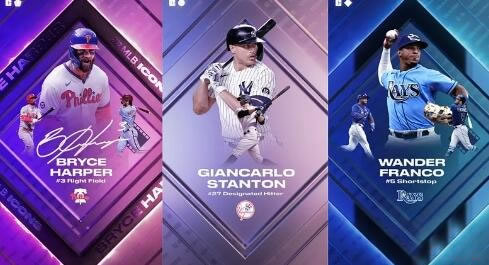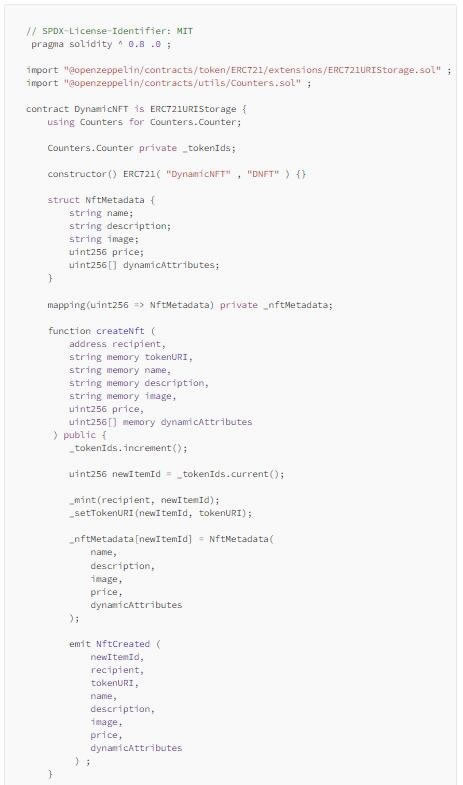php editor Youzi brings you a comprehensive introduction to dynamic NFT. Dynamic NFT (dNFT) is a new form of non-fungible token (NFT), which has richer expressions and interactivity than traditional static NFT. This article will give you an in-depth explanation of the connotation and future prospects of dynamic NFT from the aspects of definition, characteristics, application scenarios and development possibilities. Let us learn about the revolutionary changes brought about by this emerging technology!
First of all, the main advantage of dynamic NFT is its high degree of variability and scalability. Compared with static NFT, it can display more elements, such as animation, sound and interactive images, and can produce metadata changes based on changes in time or conditions. For example, a dynamic NFT artwork can show different styles or express different emotions at different points in time. Similarly, a dynamic NFT game prop can improve interactivity and playability as the game progresses. In this way, dynamic NFTs provide artists and game developers with more creative and innovative possibilities.

Dynamic NFT can update the content of Metadata, thereby changing the appearance and properties of the NFT.
The main reason is that the platform has insufficient data flexibility. You can change the properties of your NFT in two ways. The first is to directly access and modify attributes through smart contracts through on-chain data. The second is through off-chain data, which requires using an oracle to obtain data from the Internet and then add it to the blockchain. This way your NFT attributes can be updated and modified.
Writing dynamic NFT requires technical knowledge and professional skills. The following will provide basic construction steps to help you prepare for the project.
First, you need to clarify your NFT design. This does not only involve NFT images, but also the overall plan of the project (white paper, roadmap, etc.), because this will directly affect the form of future dNFT and the writing of smart contracts. For example, your dNFT can be artwork, game props, musical works or physical asset bindings, etc. You need to consider the variability and interactivity of elements and how to provide more value and experience to the holder.

#MLB issued dNFTs last year, player data will change with the game
Connect Next, you need to select the public chain you want to publish. Platforms such as Ethereum, Binance Chain, Polygon, etc. all support the creation and issuance of dynamic NFTs. But please note that the chain you choose will directly affect the programming language used when writing smart contracts.
Writing smart contracts is a key step in creating dynamic NFTs. You need to use Solidity or other programming languages that support NFT creation (eg Rust, Vyper and Move) to create a smart contract. This contract will combine metadata to define the attributes and images of the NFT. When creating dynamic NFTs, you need to determine how and how often the dynamic elements will change, and how they will interact with the smart contract after they are released.
Let’s take a look at one of the simple dNFT codes:

Once your smart contract After the writing is completed, you need to write the front-end interface (a Dapp that can connect to the wallet) so that users can interact with NFT. You can use frameworks such as Web3.js to write front-end interfaces. These frameworks can interact with blockchains such as Ethereum to implement functions such as NFT sales, transfers, and triggering change conditions.
Finally, you need to test the dynamic NFT to ensure it functions properly and release it on the blockchain. You can choose to conduct a primary sale on your own platform (the platform established in step 4), or directly upload the NFT to an existing secondary market, such as OpenSea, Rarible, etc., for sale or auction.
In short, dNFT is a relatively new NFT type that can provide a richer experience and more application scenarios. To create dNFTs, you need to write specialized smart contracts to define dynamic properties and update them. Additionally, we believe that dNFT will become increasingly popular in the future and create more opportunities for artists, game developers, and collectors alike.
The above is the detailed content of Interpretation of dynamic NFT: in-depth exploration of its development prospects and possibilities. For more information, please follow other related articles on the PHP Chinese website!